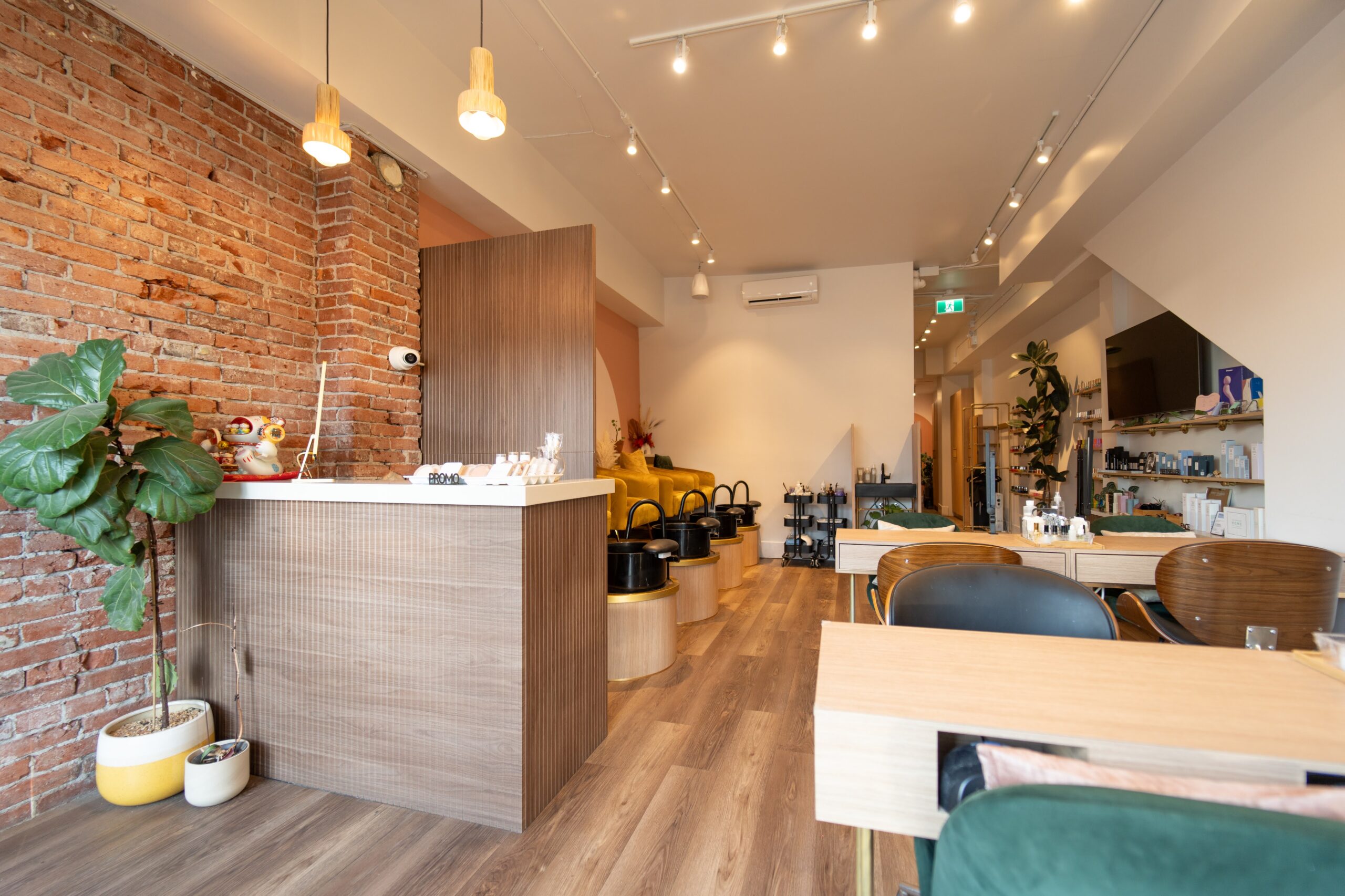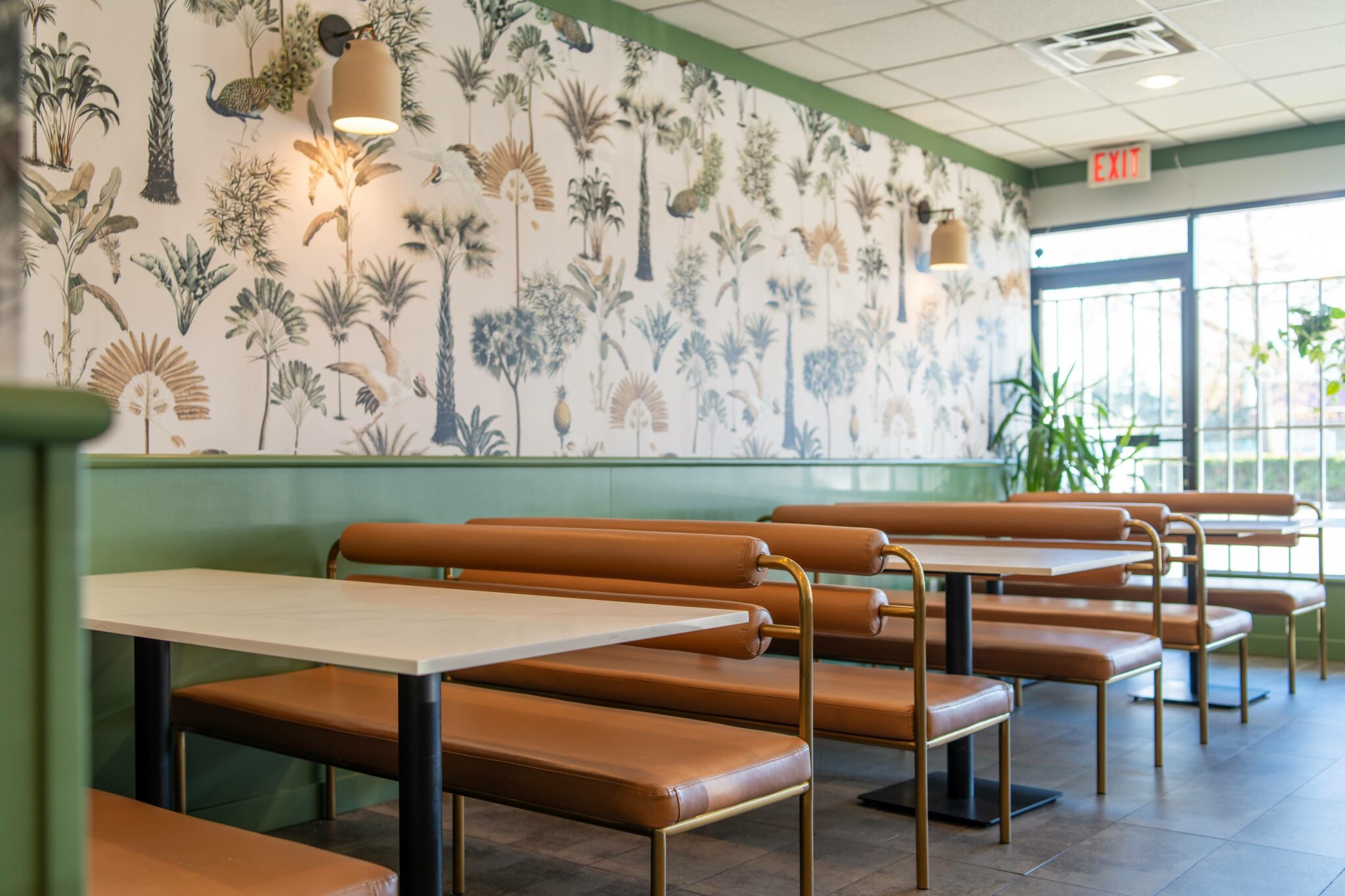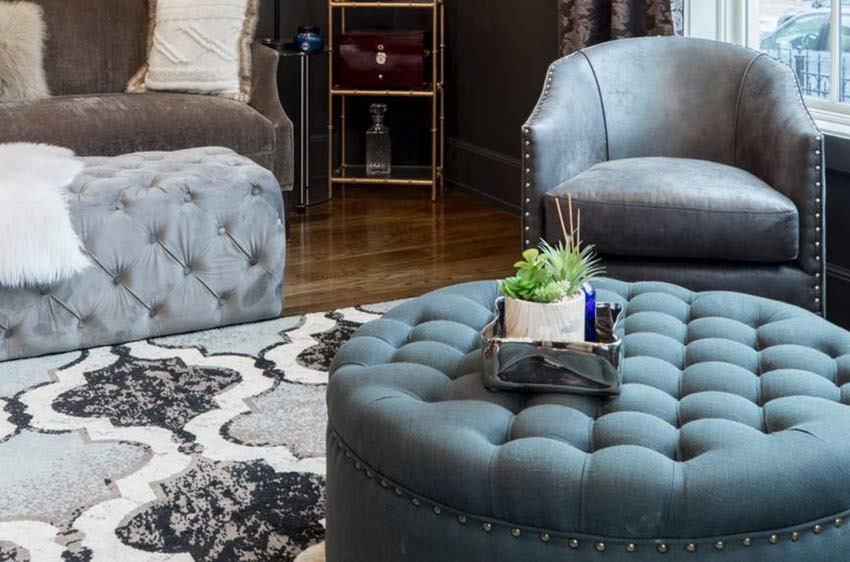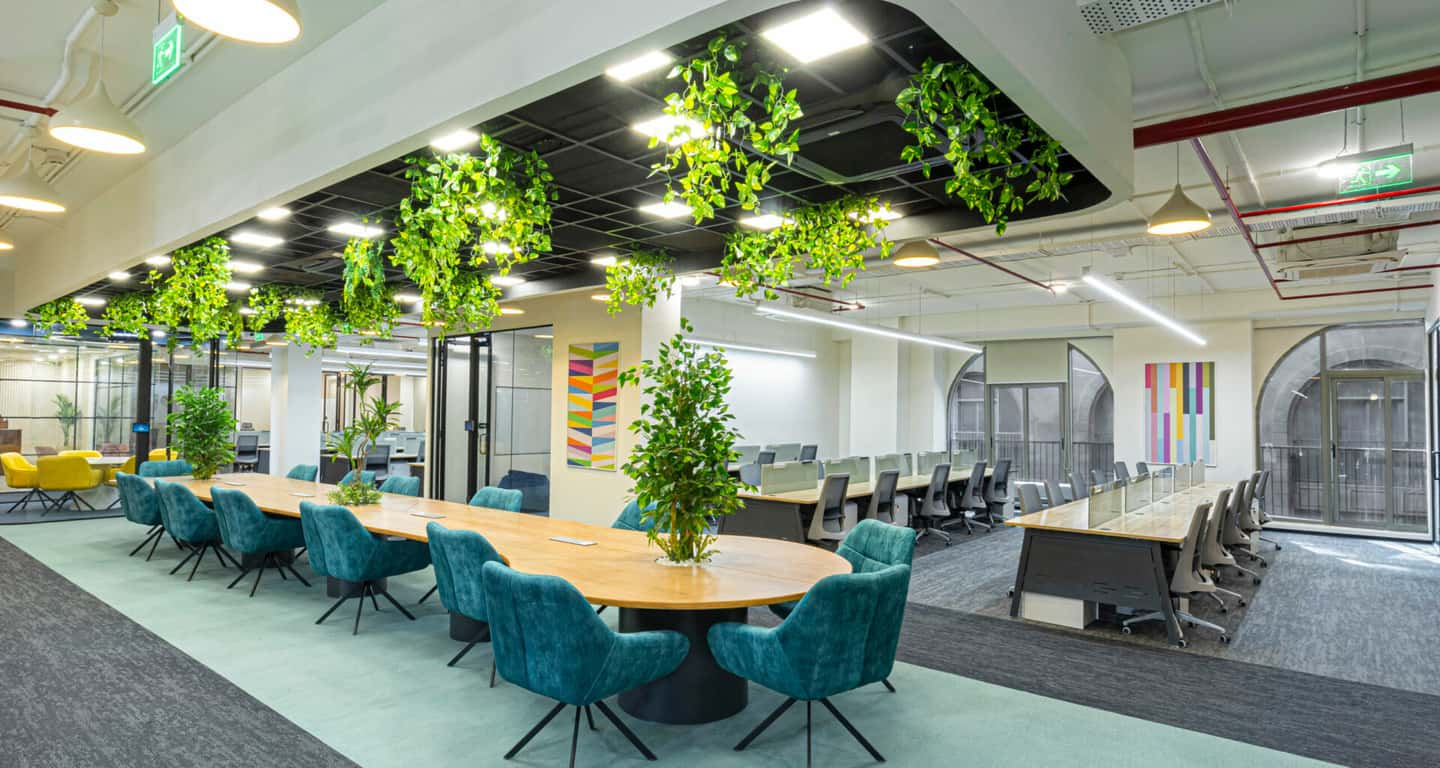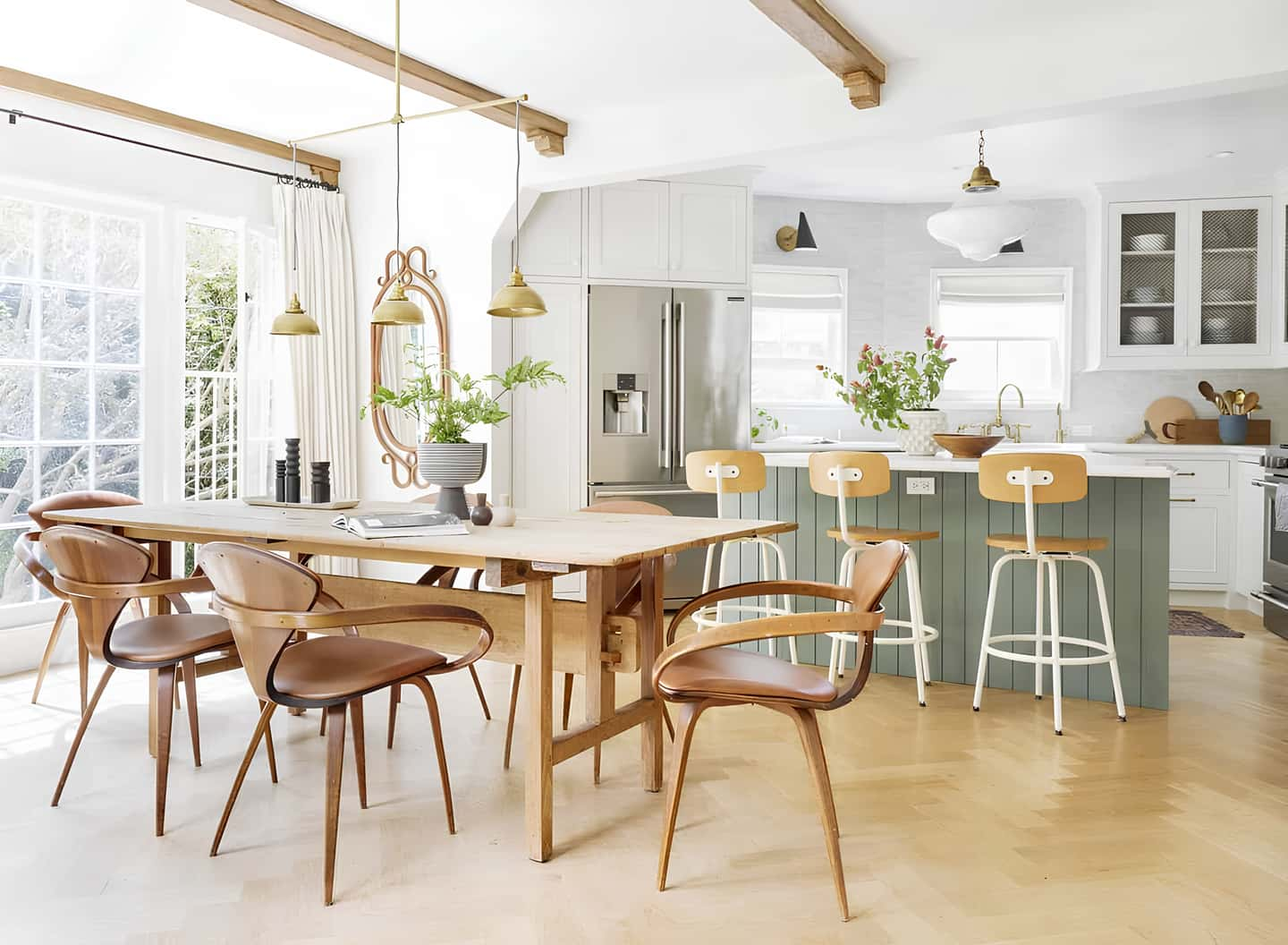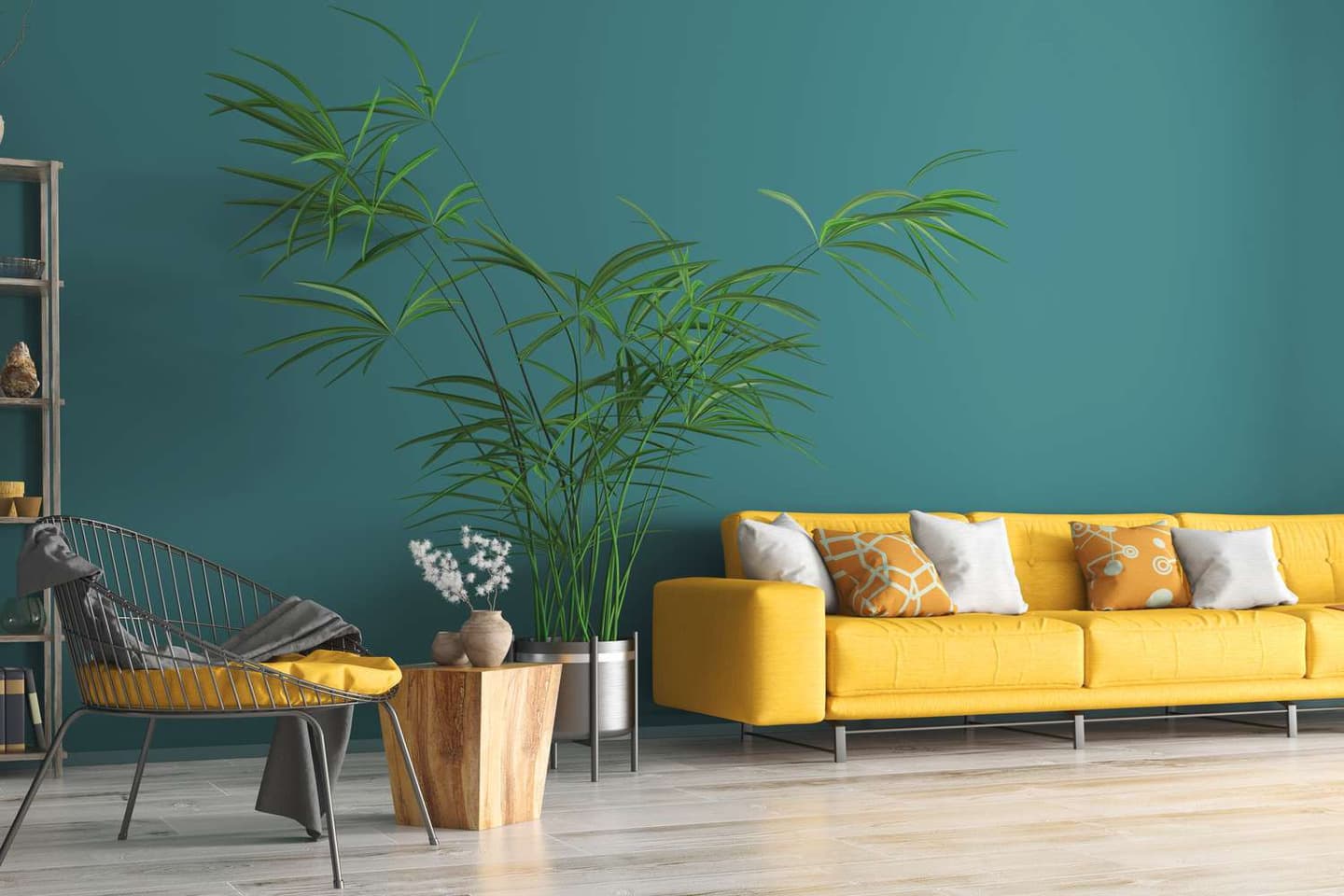As a retail-focused interior designer, I know how important a well-designed shop or boutique is to the success of a brand. This piece will go into detail about the complicated world of retail store and boutique interior design. It will look at the main ideas and elements that help make places that are welcoming, memorable, and profitable.
FIGURING OUT WHO THE TARGET AUDIENCE ARE
Before starting any design job, we make sure we fully understand who the project is for. It is very important that we think about the demographics, tastes, and shopping habits of the people we want to buy from us. For example, when we design a boutique for young, trendy women, we make it feel very different from when we design a store for older, more traditional shoppers.
We do a lot of market study and make detailed customer personas to make sure that our designs appeal to the right people. Everything we do in the design process is based on this study, from the layout and colour scheme to the materials and lighting.
SETTING UP A CLEAR STORE LAYOUT
Setting up a clear and useful store plan is one of the most important parts of retail design. We try to make the store’s layout make sense so that people can easily find what they need and enjoy looking. We could choose a grid layout, which works well for shops with lots of products, or a loop layout that leads customers in a certain direction. It all depends on what the store needs. When it comes to specialty and boutique shops, we like free-flowing layouts that make you want to look around.
No matter what layout is decided, our team carefully thinks about things like how traffic will flow, where to put products, and how to make customers feel comfortable. We put displays and focal points in strategic places to draw attention to important things and get people to buy them without thinking about it.
MAKING AN ENTRANCE THAT INVITES
Customers’ first experience with a store is at the front door, which sets the tone for their whole shopping trip. We create openings that are visually appealing, clearly marked with the store’s name, and make it easy for people to move from the outside world into the store. We want to draw people in and give them a taste of what’s inside by using brightly lit windows, friendly signs, and displays that catch the eye.
MAKING THE MOST OF SPACE AND FUNCTIONALITY
In retail design, making good use of room is very important because every square foot helps the store make money. Our team works hard to find the right balance between making the most of the room for displaying goods and giving customers a place to look around and interact with the goods that is comfortable and not too crowded.
We often use modular displays and fixtures that can be used for more than one thing to make the best use of room and give us more options for how to merchandise. Shelves on the wall, racks that hang from the ceiling, and tall displays are other ways that vertical room is used.
We also think about the practical needs of both workers and customers. A good buying experience includes fitting rooms that are big enough, places to sit that are comfortable, and checkout counters that are easy to get to. Back-of-house areas like offices and stockrooms are well-thought-out to make the most of the store floor space.
TEXTURE AND THINGS USED
Using different textures and materials in store design gives it more depth, keeps things interesting to look at, and makes customers want to touch it. The materials we choose also help to reinforce the brand’s character and create the mood we want.
When we create a high-end store, for example, we might use velvet, silk, and other rich fabrics, along with shiny metals and glass, to make the store look sophisticated and exclusive. If your brand is more natural or rustic, you might need to use recycled wood, natural fibres, and earthy textures.
Another important thing we think about when designing our stores is the flooring. We use different types of flooring to set off different areas, direct activity, and improve the look of the whole thing. Depending on what the shop needs, we may choose hardwood, tile, or polished concrete for their durability and design flexibility. We may also add carpeting to certain areas to make them warmer and cozier.
Signs and branding
Clear signage and consistent branding are important for making a store space that flows well and is easy to get around in. We make sure that every part of the design, from the fixtures and displays to the colour scheme, fits with the brand’s values and personality.
For both practical and aesthetic reasons, our team makes signs that look good and are easy to read. Customers can find their way around the room with the help of directional signs, and promotional signs draw attention to sales and special items. Brand advertising helps people remember what the store is and how it looks.
We make sure that signs are put in the store in a way that makes sense, and using the same brand fonts, colours, and images helps the store look unified and professional.
BEING ABLE TO BEND AND ADAPT
We know how important it is for interior design to be flexible and adaptable in today’s shopping world, where things are always changing. We use modular fixtures, mobile displays, and lighting that can be changed so that the sales floor can be easily rearranged.
When we make our designs, we also think about the need for temporary or pop-up pieces, like places for events or holiday displays. We let retailers keep their shops fresh, interesting, and relevant to customers by making our designs flexible.
IN CONCLUSION
Interior design for retail stores and boutiques is a complex process that needs a deep understanding of the space’s functional needs, the brand’s personality, and the people who will be visiting. As interior designers, we’re proud of the fact that we carefully think about things like layout, lighting, colour, materials, and branding to make store spaces that are welcoming, memorable, and profitable. We try to improve the customer experience and drive business success through careful and creative design solutions by working closely with our clients and keeping up with the latest industry trends.

I am a design enthusiast that loves writing about the latest trends and style when it comes to commercial and residential interior design. I also love architecture and buildings.




